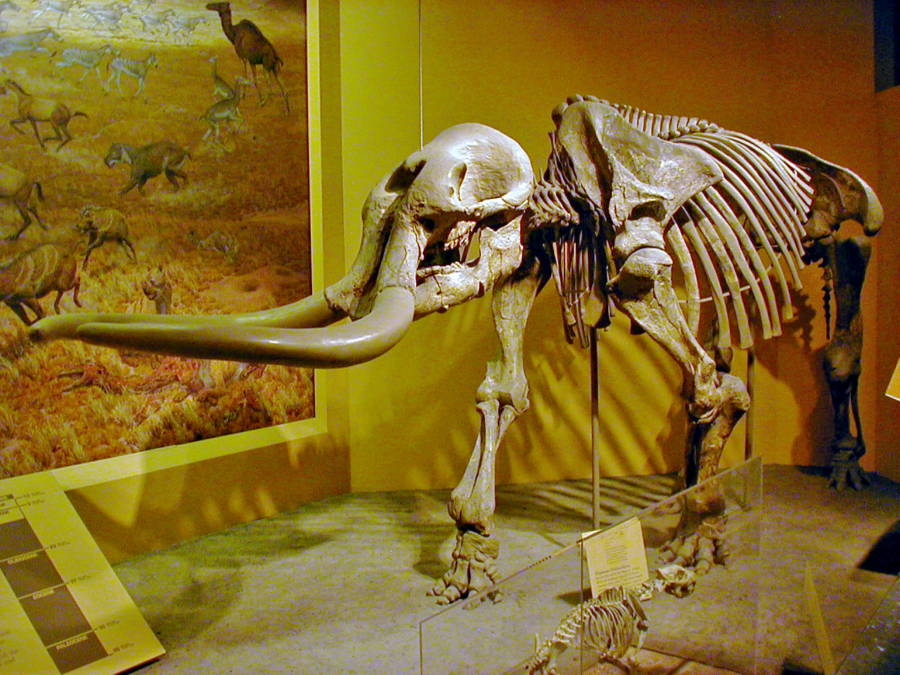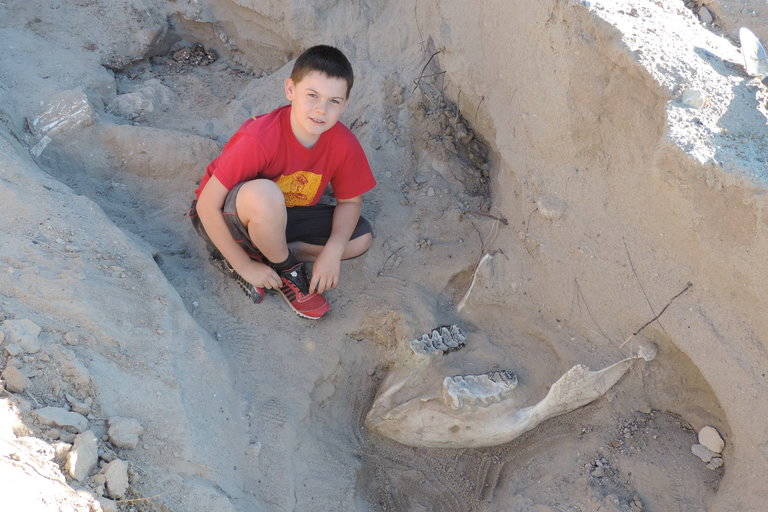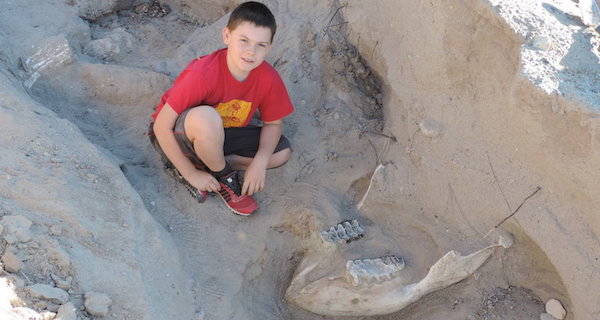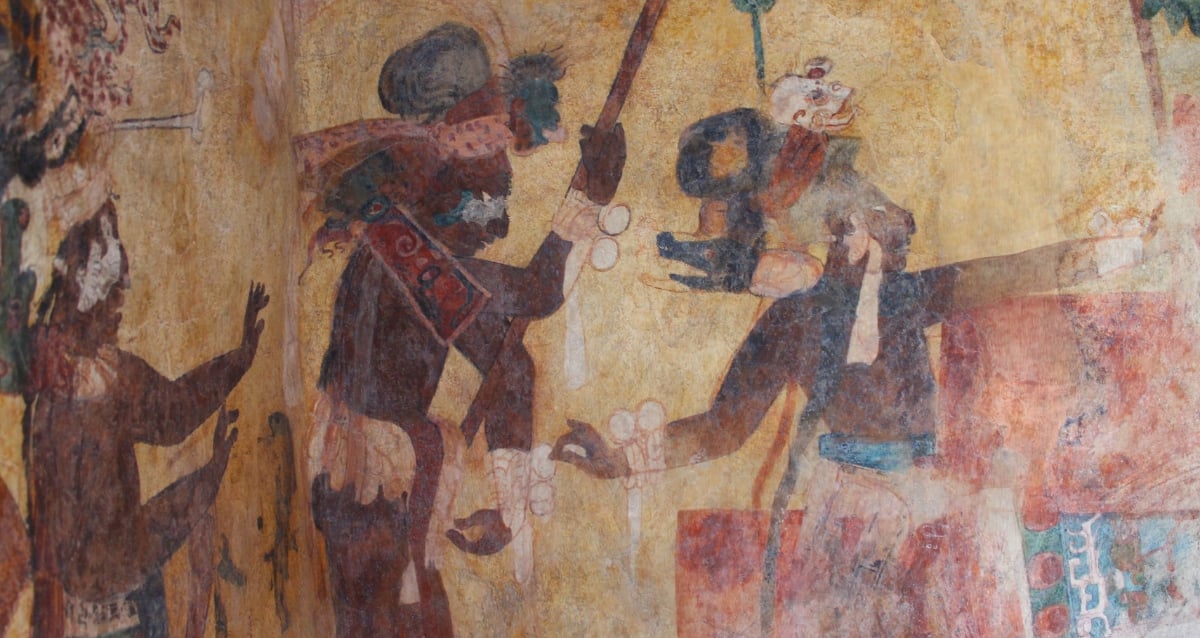9-Year-Old’s Childhood Stumble Reveals Astonishing 1.2 Million-Year-Old Stegomastodon Fossil in New Mexico
Sure enough, the boy had stumbled over a fossilized tusk.
It’s a big discovery – both literally and metaphorically. The ancient mammals were cousins to the woolly mammoth and modern-day elephant, so the remains are large.

They’re also rare, since prehistoric bones typically disintegrate quickly after being exposed to the elements. Houde suspects the Sparks family came across the tusk just after erosion had brought it to the surface.
“This is really very unusual to find,” he told The New York Times.
With Houde’s help, the family reburied the remains and set about fundraising for a formal dig.
It took them months to organize a team and secure a permit, but they finally uncovered an entire skull made of fragile “egg-shell thin” pieces.

Peter HoudeJude Sparks with the Stegomastodon fossil.
“We’re really, really grateful that they contacted us, because if they had not done that, if they had tried to do it themselves, it could have just destroyed the specimen,” Houde, who hopes to display the remains at the university, said. “It really has to be done with great care and know-how.”
Oddly, this isn’t the first accidental Stegomastodon find. In 2014, a hiking bachelor party found a 3-million-year-old skull belonging to the dino in New Mexico’s Butte Lake State Park.
Humans may have hunted the Stegomastodon toward the end of its existence, though it’s likely that its mammoth competitors kicked it off the evolutionary tree. The creatures remains — a bit smaller than the average African elephant — are easily identified by their broad, upward curving tusks.













